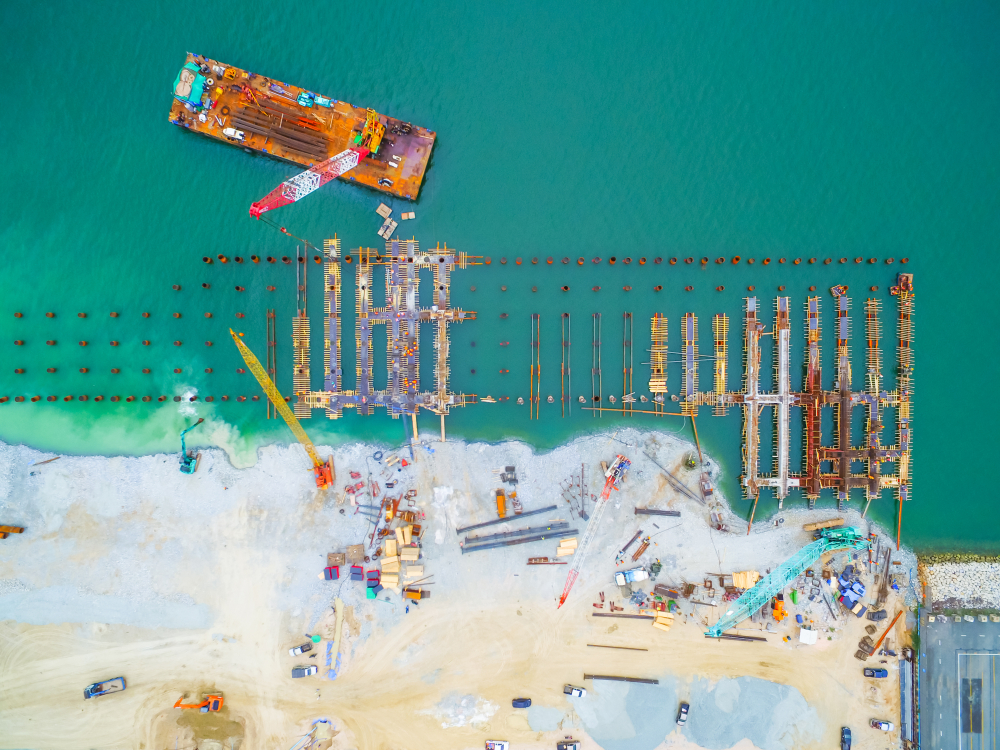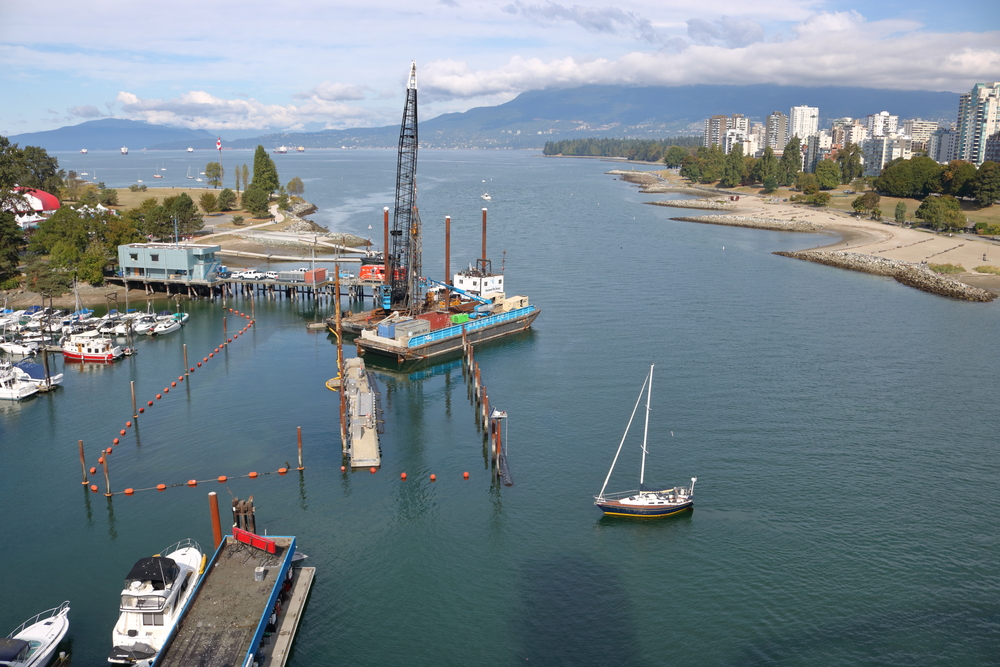Table of Contents
Barge transportation is a critical part of river logistics, supporting industries such as construction, agriculture, and energy. However, managing barge movements efficiently is a complex task that requires careful planning, real-time coordination, and smart decision-making.
From limited assets to tight schedules, river logistics come with unique challenges. To keep operations running smoothly, companies must adopt modern planning tools, improve communication, and use data for better decision-making. This article explores key strategies to optimize barge planning and logistics.
Challenges in River Logistics
River logistics involve the movement of goods and materials along inland waterways, often while navigating a complex set of constraints. One of the most pressing challenges is the limited availability of assets. The number of barges, tugs, and docking spaces is frequently restricted, which demands precise and strategic scheduling to avoid bottlenecks.
Another key issue is the alignment of barge transport with production schedules. Any mismatch can lead to costly delays, as timing is often critical to ensure that materials arrive exactly when needed in the supply chain.
In many locations, restricted dock space adds another layer of difficulty. Ports and terminals may have limited capacity, which makes efficient timing essential to prevent congestion and extended wait times.
Finally, unpredictable delays remain a constant risk. Weather conditions, equipment malfunctions, and last-minute schedule changes can all disrupt operations, making it difficult to maintain a consistent flow of goods.
Since even minor delays in barge movements can have ripple effects across entire supply chains, optimizing barge planning with efficient scheduling tools and real-time coordination is crucial for operational success.
Moving from Manual to Automated Planning
Traditionally, companies have relied on spreadsheets and manual methods to schedule barge operations. While familiar, this approach is often time-consuming, prone to human error, and lacks real-time visibility—factors that can significantly hinder operational efficiency.
Modern automation provides a more effective solution. Advanced barge planning tools can help reduce manual work by automating repetitive scheduling tasks. They also improve accuracy through real-time tracking, ensuring that barge schedules stay updated and aligned with actual conditions. Additionally, these tools enable teams to adapt quickly to changes by automatically adjusting plans in response to traffic, weather disruptions, or unexpected delays.
By transitioning to automated scheduling systems, companies can optimize barge planning, increase efficiency, minimize costly errors, and enhance overall fleet utilization.
Improving Communication Between Crews and Logistics Teams
Effective communication between barge crews and logistics teams is a cornerstone of efficient river logistics. When coordination breaks down, the result is often delays, misallocated resources, and increased operational costs.
To address this, companies can streamline communication by implementing centralized platforms. These digital tools ensure that every team member has access to the same real-time information, which eliminates discrepancies and misunderstandings. In addition, standardizing procedures helps crews and logistics managers follow consistent workflows, reducing confusion and improving accountability. Regular training is also essential—ensuring that all personnel clearly understand protocols, roles, and escalation procedures boosts operational efficiency across the board.
Better communication reduces wait times, minimizes scheduling conflicts, and ensures smooth cargo transfers.

Advanced planning tools help coordinate barge movements in large-scale construction projects, reducing inefficiencies and delays. By leveraging automation and real-time data, companies can ensure seamless logistics and resource utilization.
Using Data to Improve Decision-Making
Each barge movement generates valuable logistics data that, when properly tracked and analyzed, can reveal inefficiencies and unlock opportunities for operational improvement. Companies that leverage this data gain a strategic advantage by making more informed, responsive decisions.
One key use of logistics data is identifying bottlenecks. By analyzing recurring delays or disruptions, planners can make timely schedule adjustments to maintain flow and avoid compounding setbacks. Additionally, data helps optimize resource allocation by ensuring that barges and crews are used efficiently, maximizing productivity across the entire fleet.
Another significant benefit is improved maintenance planning. By tracking vessel performance metrics, teams can proactively schedule maintenance activities before issues arise, significantly reducing the risk of unexpected breakdowns and costly downtime.
By making data-driven decisions, companies can increase efficiency, reduce costs, and improve overall logistics performance.
Better Organizational Structure for Smoother Operations
Efficient barge logistics rely on a clearly defined and well-structured organization. When team roles and workflows are properly outlined, confusion is minimized and operations run more smoothly.
One of the first steps to optimizing logistics organization is assigning clear responsibilities. When each team member fully understands their role, accountability and task execution improve significantly. In addition, streamlining workflows helps eliminate unnecessary steps in the process, reducing delays and boosting overall productivity. Regularly monitoring performance through audits and reviews also allows companies to spot inefficiencies early and make timely corrections.
By taking a structured approach to barge logistics, businesses can enhance team coordination, maintain schedule integrity, and reduce operational risk. As the river logistics industry evolves, companies that adopt modern organizational strategies and planning tools will gain a lasting competitive edge.




